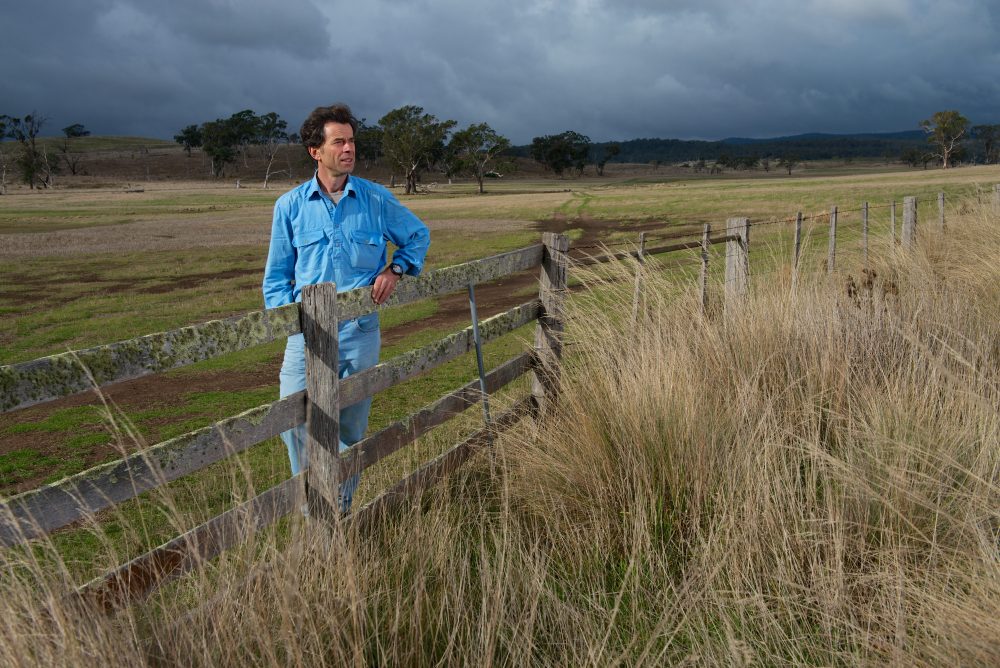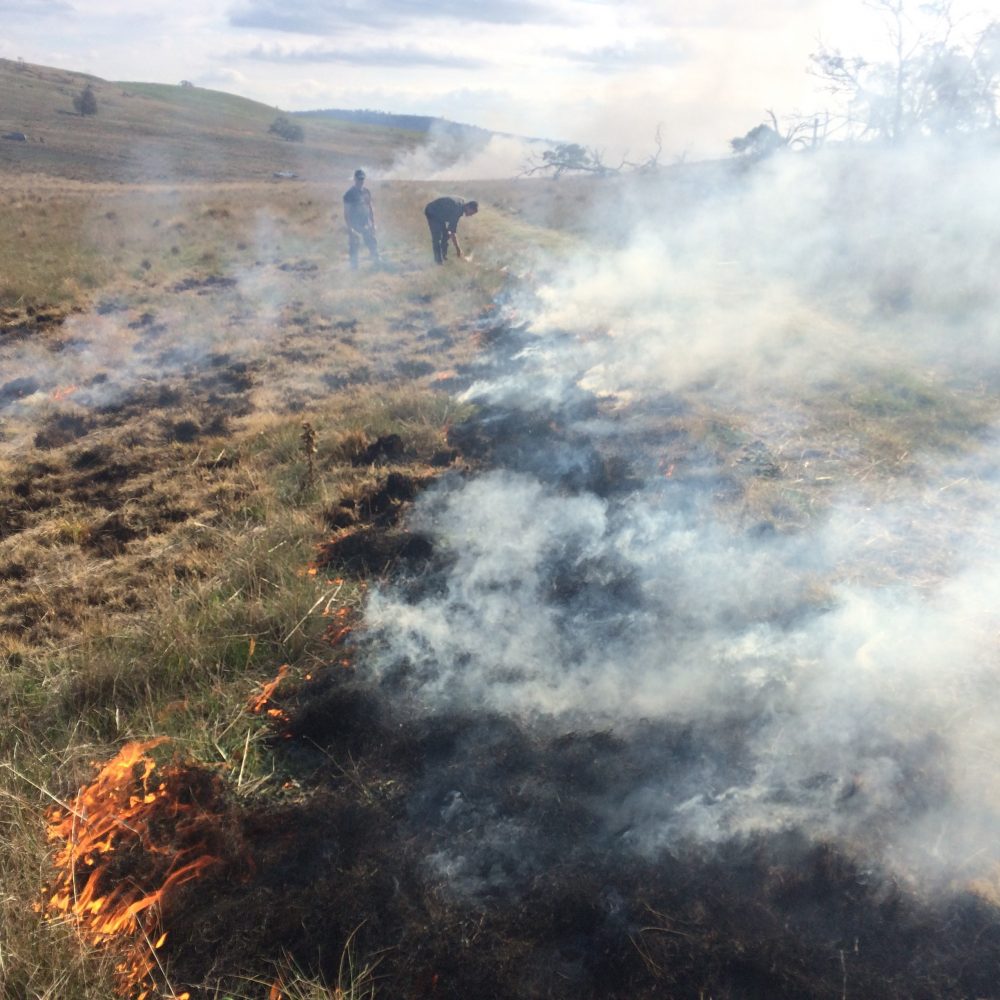This week an experiment exploring the relationship between fire and herbivore activity is being carried out on a property owned by MCF participant and Tasmanian Land Conservancy (TLC) board member Julian von Bibra.
“Spending time in this landscape with others has always been a positive experience for our family. We want to be able to share this,” Mr von Bibra said.
The experiment is being led by University of Tasmania Professor David Bowman and research associate Ben French, and will explore how fire impacts native animals such as pademelons, wallabies and kangaroos, and non-native animals such as sheep, deer and rabbits.

Professor Bowman said that while the herbivores depend upon the grasslands, the grasslands depend upon fire disturbance, making the situation complex.
“This scenario presents a real scientific conundrum,” he said.
“You’ve got biodiversity values, the need to burn and also a whole lot of herbivores, including some abundance of non-native ones. How do you fit that together to maintain your biodiversity values?”
Tasmanian aboriginal people have used fire to manage landscapes for thousands of years, and Mr von Bibra has welcomed the Tasmanian Aboriginal community to carry out the patch burning as part of the experiment.
“Through involvement with conservation organisations I have become aware of the obvious absence of connection [between aboriginal people] with the agricultural community and farming in the Midlands,” he said.
“It seemed like a natural extension to the venture to partner with the Tasmanian Aboriginal community to broaden the scope of the project and share techniques and knowledge with one another.”

The experiment will burn patches of multiple sizes, with researchers monitoring herbivore feeding patterns before and after the burning. Scientists will also study the effects of fire and grazing on vegetation composition and structure.
Results from the study will be valuable for refining burning strategies to meet conservation and bushfire risk-reduction goals outlined in MCF agreements, as well as contribute to broader discussions surrounding fire and herbivore activity.
The research project is funded by an Australian Research Council Linkage Grant supported by Bush Heritage and is being conducted in cooperation with the Tasmanian Aboriginal Centre, Greening Australia and the Tasmania Fire Service. Our collective aim is to protect and restore the natural values within this nationally recognised biodiversity hotspot and incredibly rich natural landscape.


